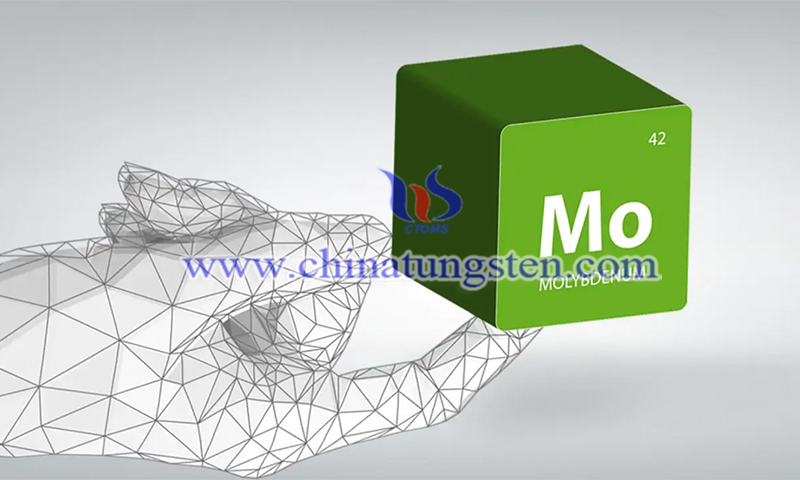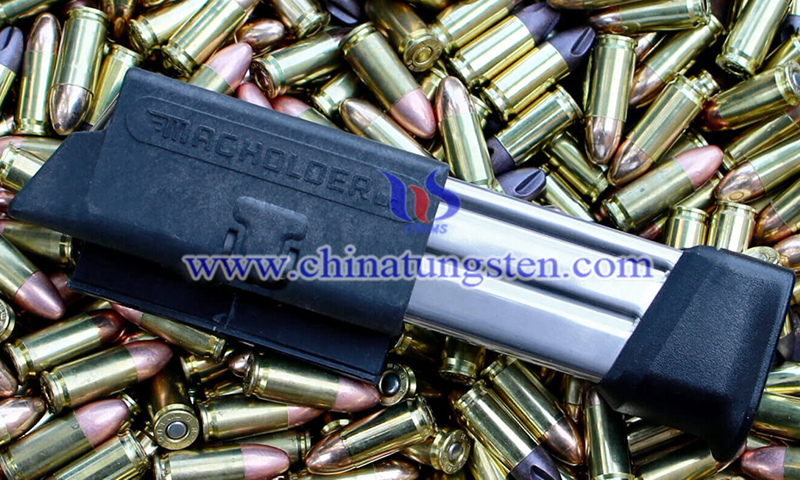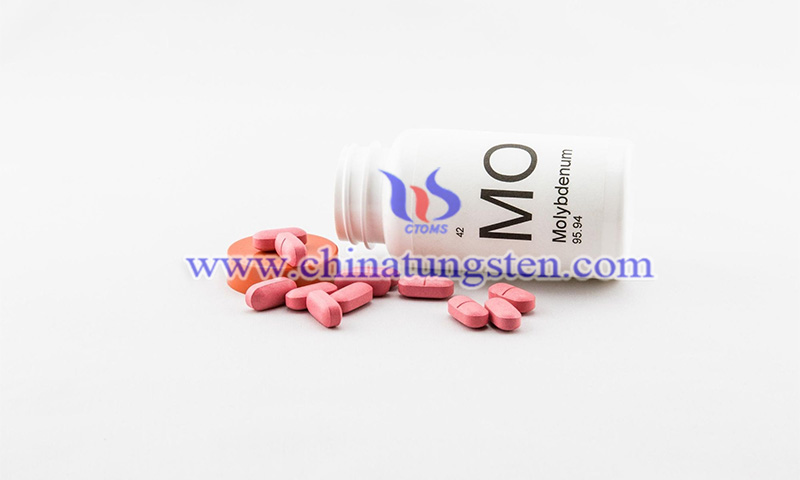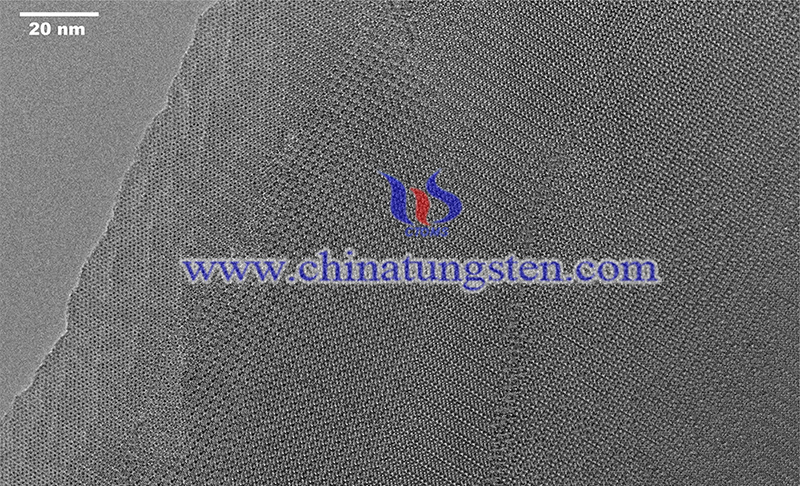Six Applications of Molybdenum
- Details
- Category: Tungsten Information
- Published on Monday, 28 March 2022 19:11
- Written by Caodan
- Hits: 1186

Molybdenum (Mo) is a refractory metal with a melting point of 2620°C. It hosts a small coefficient of expansion, high electrical conductivity, and good thermal conductivity. It does not react with hydrochloric acid, hydrofluoric acid, and alkaline solutions at room temperature, and is only soluble in nitric acid, aqua regia, or concentrated sulfuric acid. Therefore, Mo and its alloys have a wide range of applications and good prospects. In this article, we will describe 6 uses of Mo.
Pulmonary Toxicity, Genotoxicity and Carcinogenicity Evaluation of Molybdenum, Lithium, and Tungsten
- Details
- Category: Tungsten Information
- Published on Sunday, 27 March 2022 17:16
- Written by Caodan
- Hits: 1254

Recently, researchers from the Danish National Research Centre for the Working Environment clarified the doses of molybdenum (Mo), lithium, and tungsten (W) for inhalation toxicity and evaluated the genotoxicity and carcinogenic potential of these three elements.
Molybdenum – An Essential Element for Health
- Details
- Category: Tungsten Information
- Published on Wednesday, 23 March 2022 18:05
- Written by Caodan
- Hits: 1239

Mo may be a little-known and important element that could be life-threatening when its levels in the body are unbalanced. With 42 protons and 54 neutrons, Mo is located right in the middle of the periodic table, and it is in considerable demand as an alloy for strengthening steel. It's also the only element that keeps most of your food from being lethal.
Synthesis of Tungsten Carbide by Electrical Explosion of Wire
- Details
- Category: Tungsten Information
- Published on Saturday, 26 March 2022 18:52
- Written by Caodan
- Hits: 1430

Recently, a research team from the Russian Academy of Sciences has successfully prepared tungsten carbide (WC) powder in this study by synthesizing bimodal tungsten powder by electrical explosion of wire (EEW) method and investigated the carburization process of EEW bimodal tungsten powder.
Read more: Synthesis of Tungsten Carbide by Electrical Explosion of Wire
Preparation of Stable Electrochromic Devices Using Niobium Tungsten Oxides
- Details
- Category: Tungsten Information
- Published on Monday, 21 March 2022 17:41
- Written by Caodan
- Hits: 1357

Recently, a research team from Shanghai Tech University has prepared an electrochromic device (ECD) with a composite niobium tungsten oxide (Nb18W16O93). Their results show that the composite niobium tungsten oxide has a fast response to the applied voltage and no observable degradation of the optical modulation is observed after a long period of cycling. The team's work provides a solution for electrochromic materials with fast response times and good cycling stability.
Read more: Preparation of Stable Electrochromic Devices Using Niobium Tungsten Oxides





 sales@chinatungsten.com
sales@chinatungsten.com